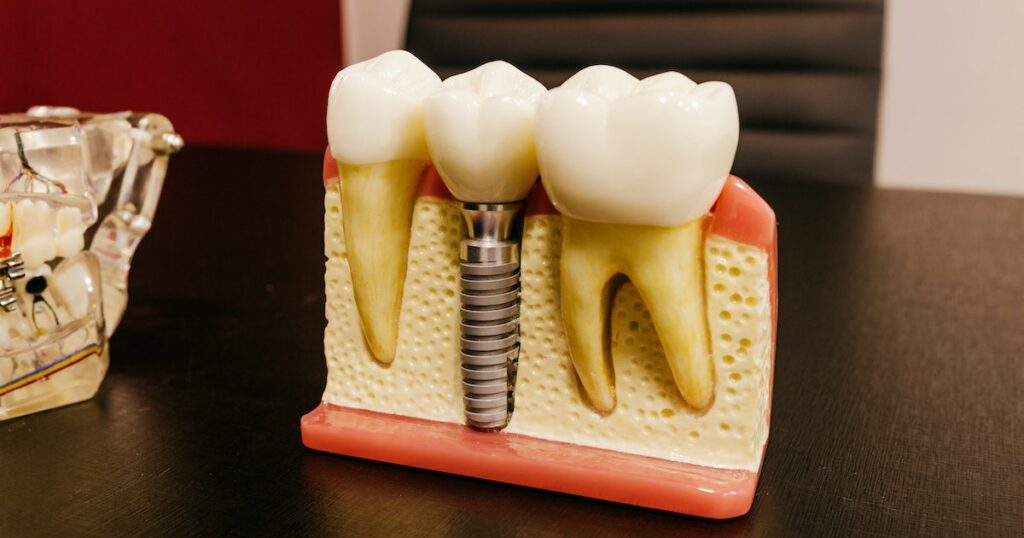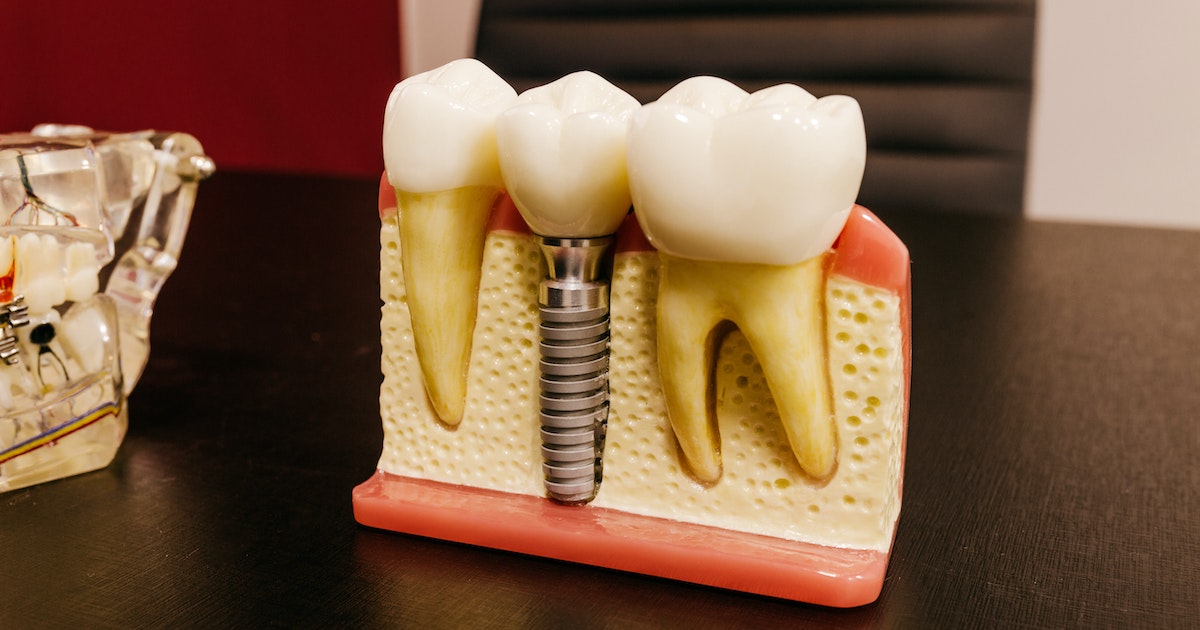Learn About Dental Implant Steps: What to Expect During Your Procedure

In the United States, dental implants are used by around 3 million people. Over half a million are added each year as a result of these projections. Implants are becoming increasingly popular as an alternative to more conventional tooth replacement options like dentures, crowns, and bridges.

When do you intend to obtain your dental implant? If you’re considering getting dental implants, it’s important that you read this information first so that you know what to expect and what steps to take.
Overview
Metal posts are used to replace the natural tooth roots in a dental implant procedure. These dental posts can be compared to screws for dental implants. When it comes to replacing missing teeth, implants have a few advantages over traditional methods like bridges and crowns.
The type of implant you need, the presence or absence of an allergy, and the health of your jawbone will all play a role in how your dentist goes about placing the implant. Depending on the state of your bone, you may need multiple dental procedures before the implant may be successfully inserted. This process of healing may be lengthy, but it will ensure that the new tooth is well-supported.
1. The Preliminary Analysis
In order to select the optimal dental implant technique for you, your dentist or oral surgeon will first do a thorough evaluation of your jawbone. In order to ensure that your implant looks as natural as possible, your initial consultation will consist of X-rays, impressions, and shade matching.
Depending on your oral health, you will need to consult with other dental specialists, such as a periodontist, to plan out how many teeth you wish to replace with implants. All of your health issues and prescriptions will be discussed as well. Antibiotics may be prescribed prior to surgery if there is a risk of infection due to your disease or orthopedic implants.
2. Extraction of a Tooth
Before any dental repair is done, the dentist will extract any remaining teeth that need to be replaced. This procedure can be performed at the same time as implant surgery. In the dental office, you might ask about pain medication.
Your dentist will likely administer a local anesthetic such as novocaine (or lidocaine) to make you numb and eliminate any pain. Unless the tooth is broken, extraction shouldn’t take too long.
You will feel some pressure and a slight tug while the tooth is extracted. After you get the extraction, you should avoid blowing your nose, smoking, spitting excessively, or drinking through a straw. Dry sockets and pain can result from doing these things.


